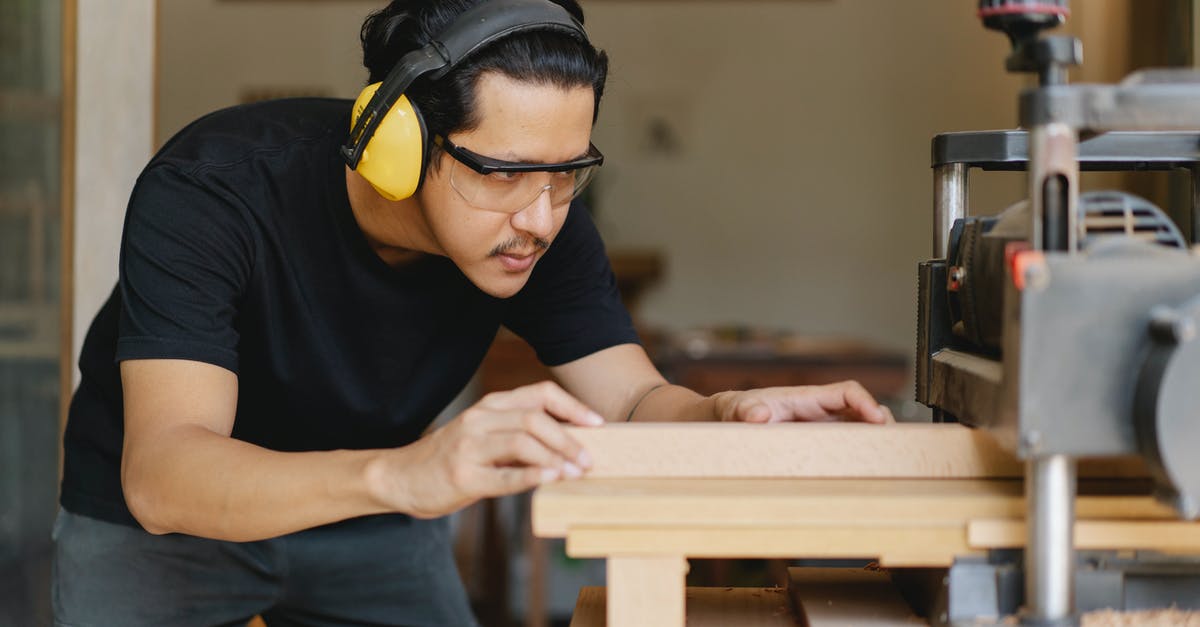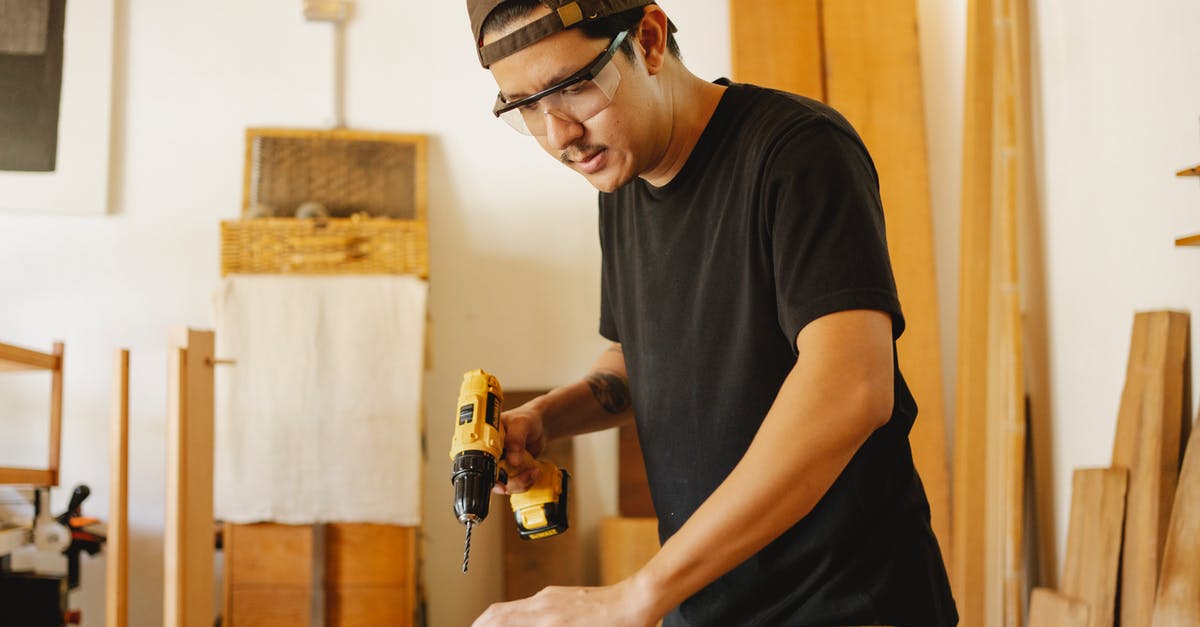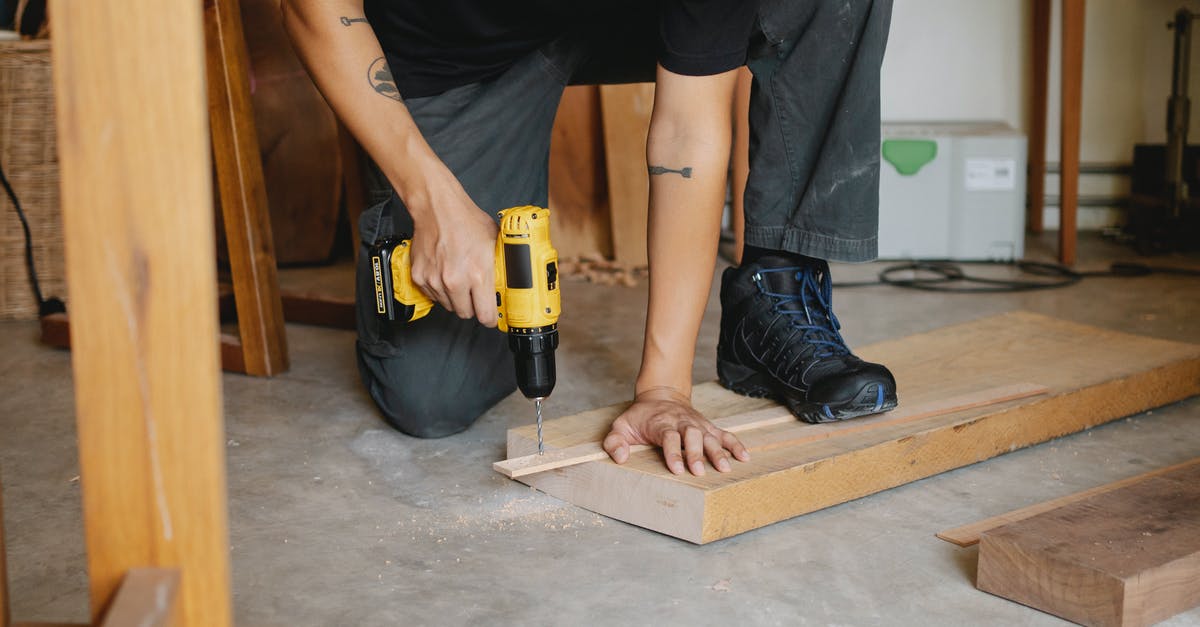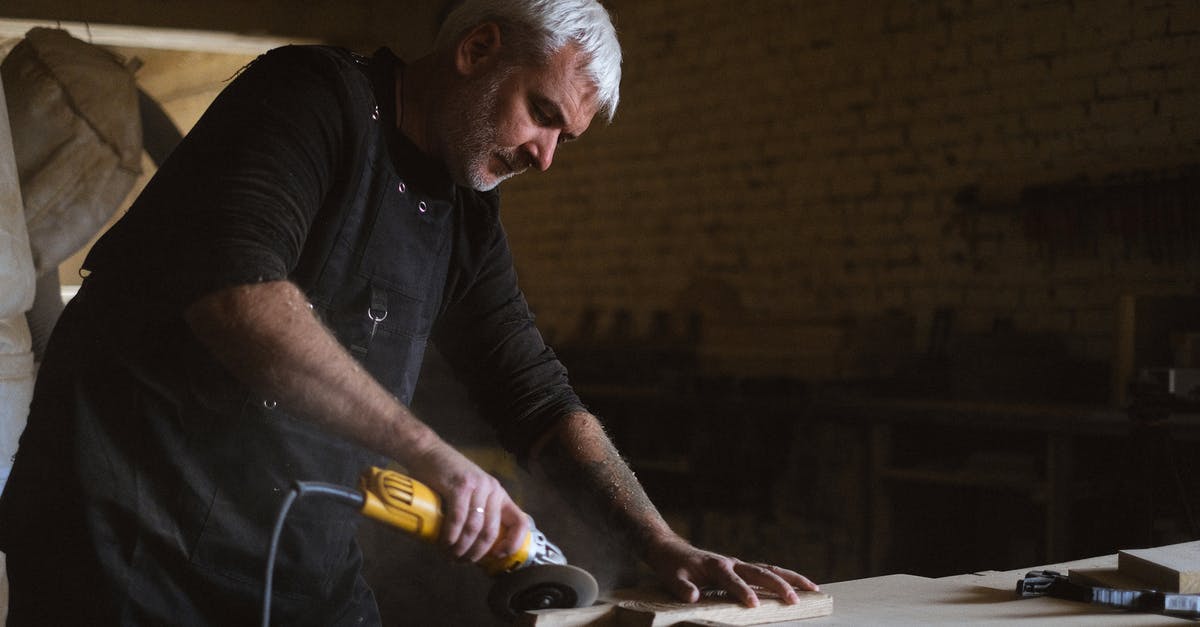Electric cooktop for sous vide-level precision?

Yes, I know, but bear with me here.
I've been thinking about getting an electric cooktop, and reading about them online a lot of people seem to mention that on some of the low settings, their cooktop will keep water at a constant boiling/simmering temperatures, like, say, 90 C (194 F)
In order for that to happen, it must mean that the heating element itself is only heating up to that temperature, high? And thus of course the temperature cannot get higher than the hot plate itself.
By that logic, if an electric cooktop happened to have a setting that would leave it at around 74 C (165 F), does that mean I could use it to cook some chicken breast precisely to its safe internal temperature?
Would be like a sous vide - no risk of over- or undercooking it! Right? Or am I missing something?
EDIT: For further clarification, when I say electric, I mean traditional ones with a solid plate burner. Sorry!
EDIT 2: Okay, so not sous vide-level precision. I've learned a lot from your wonderful answers, and my new plan is to lower my standards and attempt the following:
Putting a pot of water with a lid on the electric coil cooker (so it's an enclosed space filled with a great thermal conductor)
Cycle the device on and off figure out a rate for, erhm... manual time modulation that would keep the coil at X+Y Celsius (where X is the temp I want and Y is however many more degrees it needs to be to compensate for heat loss, which I would need to figure out for that setup as well)
Turn it on and off again at regular intervals according to the rate I found (yeah impractical but I could get a smart outlet to do it for me if it works!)
Maybe I could get a large pot (more thermal mass, less temp variation) and exclusively use it for this (more consistent setup, less temp variation), and figure out a reliable duty cycle that keeps it at a given temperature for three different quantities of water (such as a third, two thirds, and nearly full capacity).
Hopefully I can end up with water consistently at maybe +-4 C of a target temperature, and finally achieve hands-off, dummy-proof cooking! (useful since I can be a bit of a dummy sometimes). If you're wondering why I don't get a circulator, I've made a comment down below to clarify.
Best Answer
Absolutely not, this cannot be built. There is a reason sous vide is called sous vide and not sous PID. Cooktops are, by design, a device that emits a constant amount of energy (oversimplified) into the surrounding space, which is the opposite of what you need for keeping a constant internal temperature in a chicken breast.
If you would build a cooktop with a heat element that would stay constantly at 74 C, then put a pot of water on it, the pot would constantly sit at (74 - X) C due to thermal loss. X will vary for each combination of pot and water volume you use. And the water is a special case which you can keep at a constant temperature that way, not a chicken breast. So even if somebody were to put in the expense and effort to build such a heater (and nobody does, both resistive and induction heaters are time modulated), you still wouldn't get what you want.
If you do want your food to stay at a constant temperature, you first have to put it in an enclosed space, then heat the fluid in that space to a constant temperature. The traditional way to do it is with an oven. Keeping an oven at constant 74 C is possible, but if you put a naked chicken breast in it, it would take too many hours to get to be 74 C internally. So the next logical step is to surround it not with a great insulator like air, but a great thermal conductor like water - and then you have built the simplest device suitable for the task, which is a sous vide.
For completeness, there are cooktops with a probe that goes into the food, although they are niche and expensive, or you could rig one yourself. They would work for the pot of water, but for frying a chicken breast, the element will be working just like an old-fashioned heat element and heat to much over 74 C, until the breast itself reaches 74 C, at which time the cook would remove the breast instead of letting it sit there, so the controller would never even get a chance to start working and the situation is equivalent to sticking an external probe in the breast.
Update in response to your Edit 2:
If all you want is to keep a pot of soup/stew in a not-too-precise temperature range, all you need is to take a standard cooktop and put the dial at the proper setting, "proper" being something you learn by trial-and-error for your combination of stovetop, pot and batch size, fine adjusted by observation during cooking. You may have to readjust a bit over time, but only rarely. This is not some new method though, this is the way everybody cooks on stovetop. I don't see why you would complicate things by trying to overcompensate (and introduce new errors) by manually turning on and off on a preset schedule. That would mean both more work and worse results than the normal way of cooking.
Pictures about "Electric cooktop for sous vide-level precision?"



Can you sous vide on the stove top?
The cheapest, and least precise, way to do sous vide cooking is directly on your stove. It only requires a thermometer, some hot water, and some cold water.Does sous vide machine use a lot of electricity?
How Much Power Does a Sous Vide Machine Use? It all depends on the specific model, but sous vide machines usually use between 800 to 1200W on average.How many degrees is a stovetop on high?
For the more precise home cook, you can roughly mark what the different pan temperatures are: Low heat is 200\xb0 F to 300\xb0 F - for slow cooking and smoking. Medium heat is 300 \xb0 F to 400 \xb0F - for cooking chicken, vegetables, omelettes and pancakes, steaks or oil frying. High heat is 400\xb0 F to 600\xb0 F for searing meat.What is 140 degrees on a stove?
FahrenheitFahrenheitCelsiusGas Mark275 degrees F140 degrees C1300 degrees F150 degrees C2325 degrees F165 degrees C3350 degrees F177 degrees C46 more rowsHow to Use the Anova Sous Vide Precision Cooker
More answers regarding electric cooktop for sous vide-level precision?
Answer 2
That's not how it works. Most electrics are induction these days, which heat through magnetic fields. They impart energy to the metal of the pan, heating the metal directly. Traditional heating coils or halogens create actual heat, the temperature that food or water reaches in any electric system including induction varies significantly on the:
- Size and shape of the pan
- Pan material
- How much food or water is in the pan
So there's no 74°C setting, you select an amount of power to impart on the pan. Also, cooktops are missing some things sous vide systems have:
- A temperature sensor in the water to keep it exactly where it needs to be. Without a sensor in the water there's no data on how much heat is needed and you'll be over or under temperature. When you put food into a sous vide bath the temperature is going to drop, the energy level needs to increase to compensate, then drop again
- A pump to circulate the water around to keep heat even: without the pump you'll get hot and cold spots which could lead to your food being unsafe
That's not to say you can't get close, once you get to know your cooktop and your pans you'll be able to set it up so that you get a relatively consistent temperature and be able to leave it for awhile, but it won't be that 'set it and forget it' sous vide precision.
Sources: Stack Exchange - This article follows the attribution requirements of Stack Exchange and is licensed under CC BY-SA 3.0.
Images: Ono Kosuki, Ono Kosuki, Ono Kosuki, Anna Shvets
